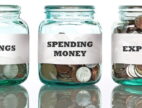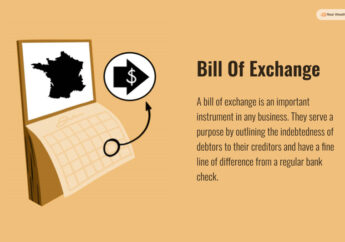How 2016 is Shaping up for Personal Loan Interest Rates?
by Mashum Mollah Finance Published on: 27 June 2016 Last Updated on: 07 November 2024

Personal Loans are granted by banks and NBFCs to be used by the applicant for anything they wish for, which can include expenses related to family (vacation, education), personal (medical), and household (repair work, purchase of appliance). These loans are lent on the basis of the borrower’s credit history, and their ability to pay it back. Repayments are usually via monthly installments paid over a fixed period of time.
Ever since the RBI cut the policy rate by 50 basis points, Personal Loan customers are expecting some relief. This is big news because it is after three years the RBI has decided to lower the rates.
So, does this mean that all Personal Loan customers can finally breathe a sigh of relief? The answer is no. This is because, RBI’s policies may affect the overall rates, but, it doesn’t control the interest rates. It’s the banks and NBFCs that call the shots when it comes to interest rates. Other than this, the cost of borrowing and the liquidity situation also plays a significant role.
How does this Work?
The rate at which the RBI lends to banks is called the ‘repo rate’. The RBI has kept the repo rate at 6.75 percent, post the 50 basis points reduction in the month of September 2015. Also, the CRR (cash reserve ratio), and the SLR (statutory liquidity ratio) has been kept unchanged.
Also, credit information bureaus like CIBIL have set a rating at 900 points for people under the high-income category, who’re are more likely of repaying back the amount they’ve borrowed. Likewise, people who are least likely to be capable of periodical payments are rated at 300 or below.
What Does this Mean for the Existing and new Personal Loan Customers?
Existing Customers:
Since Personal Loan rates are fixed, existing customers will continue paying the EMI at the stipulated rate for the entire tenure.
New Customers:
In the past 3-4 years, Personal Loan interest rates have remained stable. This is because, the banks and NBFCs never hiked the rates, mainly due to their good business. This trend is likely to continue. Therefore, new customers opting for a Personal Loan won’t end up paying exaggerated figures.
If you’re a customer with a good credit score, then banks and NBFCs will most probably find you eligible for a pre-approved loan. It is usually the same bank or NBFC, from where you borrowed your first sum, that pushes for a new loan.
You can calculate Personal Loan EMI online to know more about your ability to repay and how your finances will fare after.

But, if you find the Personal Loan rates fixed by the banks and NBFCs to be unaffordable (ranging from 15 to 20%), then you can go for other options as well. These alternatives could prove to be relatively cheap when compared to Personal Loans.
Loan Against Property:
If you own a residential or commercial property it is quite easy for you to get a loan. The bank or NBFC can mortgage your property, and provide you a loan against it. Usually, you can get a loan of about 60% of the total value of the property, the interest rate of which varies from 11.30 to 13%.
Loan Against Fixed Deposit:
Availing a Loan Against Fixed Deposit is another good alternative. Here, you can avail a loan by paying an interest of 1-3%, above the FD interest you’re receiving. Banks and NBFCs usually provide loans for about 85-90% of the amount in the fixed deposit.
Loan Against Public Provident Fund (PPF):
With PPF, you have the option of availing a loan of up to 25% of the balance available between the third and the sixth year of opening the account. You can’t avail loan from the seventh year since you’ll be eligible for partial withdrawal after that. The interest rates offered on PPF will be 2% above the interest you’ll be receiving on your PF. The interest component has to be paid in two installments, while the principal has to be paid within 36 months.
Loan Against Securities:
Pledging your shares, bonds, mutual funds, insurance policies, Kisan Vikas Patra, and National Savings Certificates with a bank or NBFC can easily get you a loan. The amount you’ll get depends on the banks and NBFCs, as well as the value of the security pledged. The interest rates charged by banks and NBFCs range between 9.5-14%.
Gold Loan:

As of May 2016, there has been no change in the interest rates of Personal Loan. With the RBI remaining stringent on the repo rate, the status quo can be expected in the coming days. But, if you’re interested in availing a Personal Loan, then asking for assistance from your bank or NBFC will give you better clarity about the whole process.
Read Also:



































































































